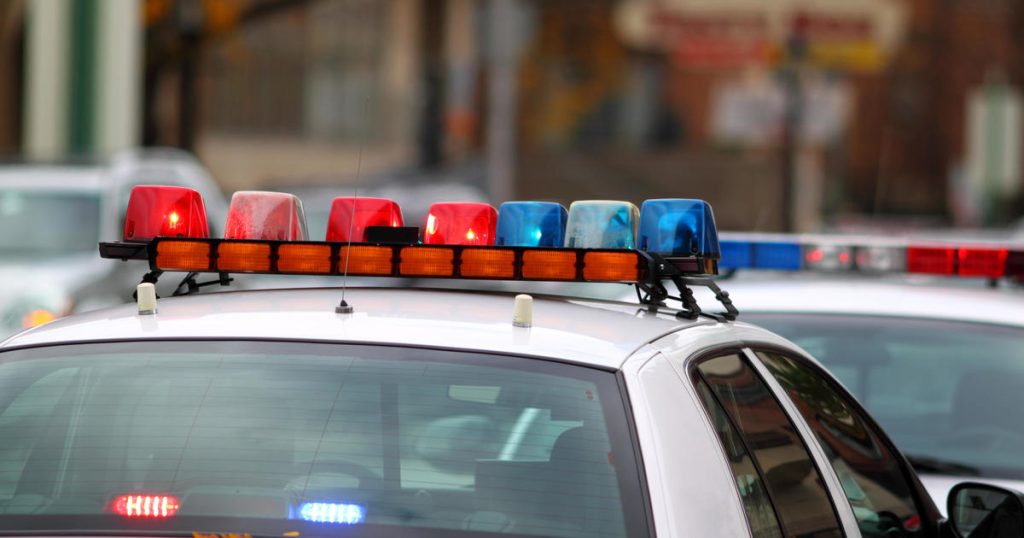The 988 Lifeline for suicide and mental health crises is being administered by Vibrant Emotional Health. There is a fear among many people in a mental health crisis that calling 988 might result in law enforcement showing up or being forced to go to the hospital. However, data from Vibrant suggests that only around 1% of callers end up in an “involuntary emergency rescue” situation. The goal of the Lifeline is to collaborate with and empower individuals in crisis so that involuntary interventions are a last resort.
A survey cited by Vibrant’s white paper found that 1 in 5 adults worry about law enforcement being sent after them for using 988 or being forced to go to the hospital. While 988 counselors are urged to use the least invasive intervention possible, they do have the option to summon emergency response services, including involuntary rescue, if other attempts to deescalate fail. It is unclear from the data what percentage of involuntary rescues involved police responding to calls, as opposed to paramedics or other emergency response teams.
Counselors for 988 do not have the ability to track the exact location of callers, but in rare situations, they can ask a 911 dispatcher to use geolocation services to try and determine the call’s origin. The white paper authored by Christopher Drapeau, Vibrant’s director of research and evaluation, is the first comprehensive evaluation of 988’s performance. The paper acknowledges the limitations of the data and notes that most 988 calls do not result in emergency services interventions.
Law enforcement has traditionally been the primary responders to suicide attempts, but advocacy groups are pushing for more funding of mobile crisis teams that include medics and behavioral health professionals to respond to such crises. The white paper focuses on data from when the Lifeline was a 1-800 number and highlights a snapshot of around 2 million calls made between 2019 and 2023. The data shows that around 2% of these calls resulted in emergency services being sent in response to the crisis.
Callers categorized as being at imminent risk of suicide had emergency services sent to them at a higher rate, with a quarter receiving voluntary dispatches with the callers’ consent and another quarter experiencing involuntary rescues. Vibrant is working with SAMHSA to develop a national standard for required reporting metrics and plans to refine definitions for when to deem a caller at imminent risk. This evaluation process will help them move from involuntary to more collaborative interventions in the future.


